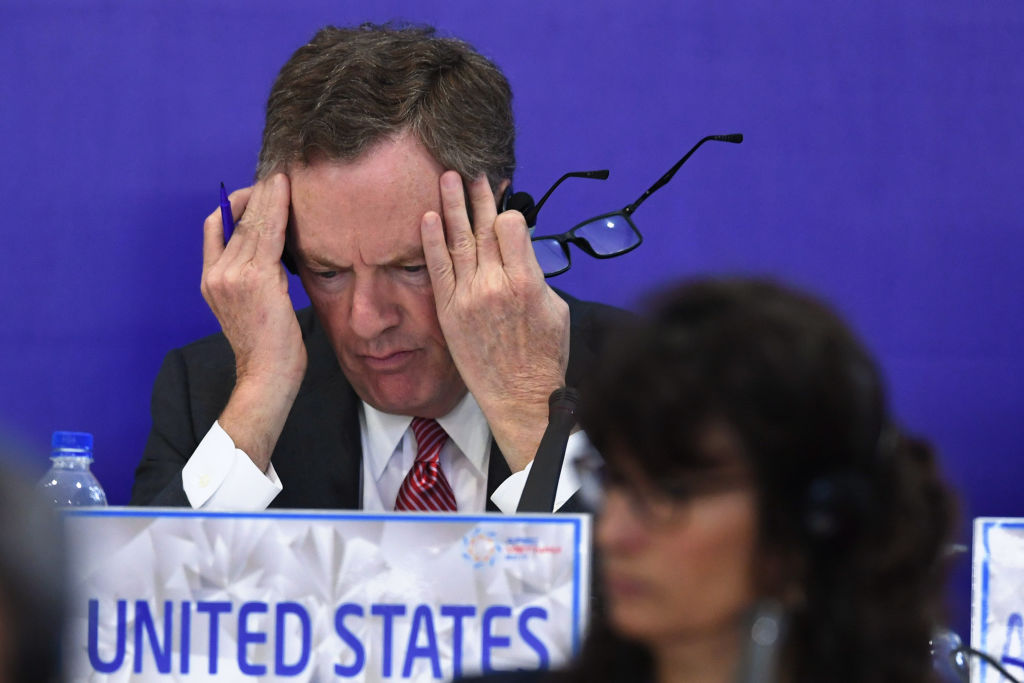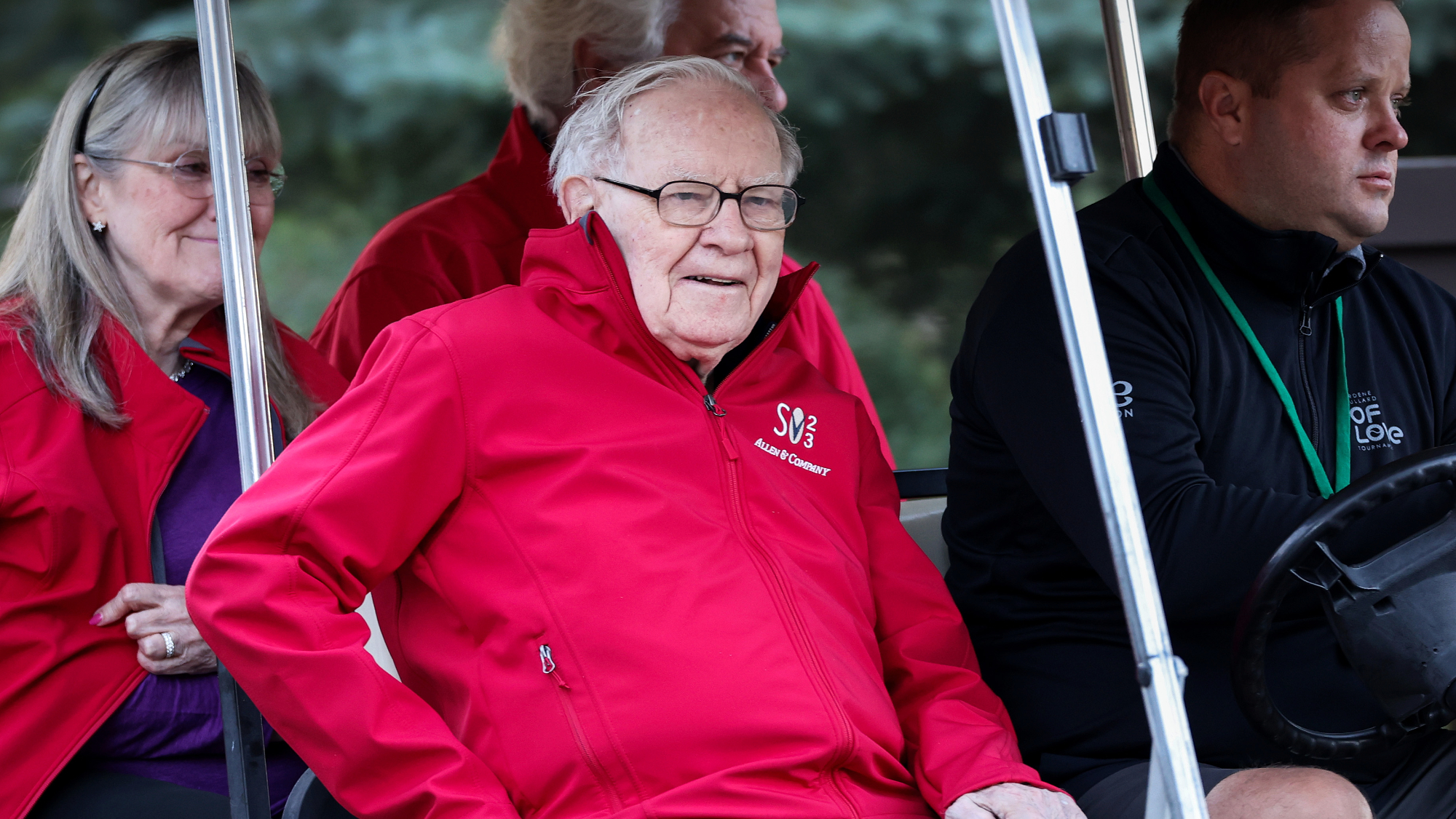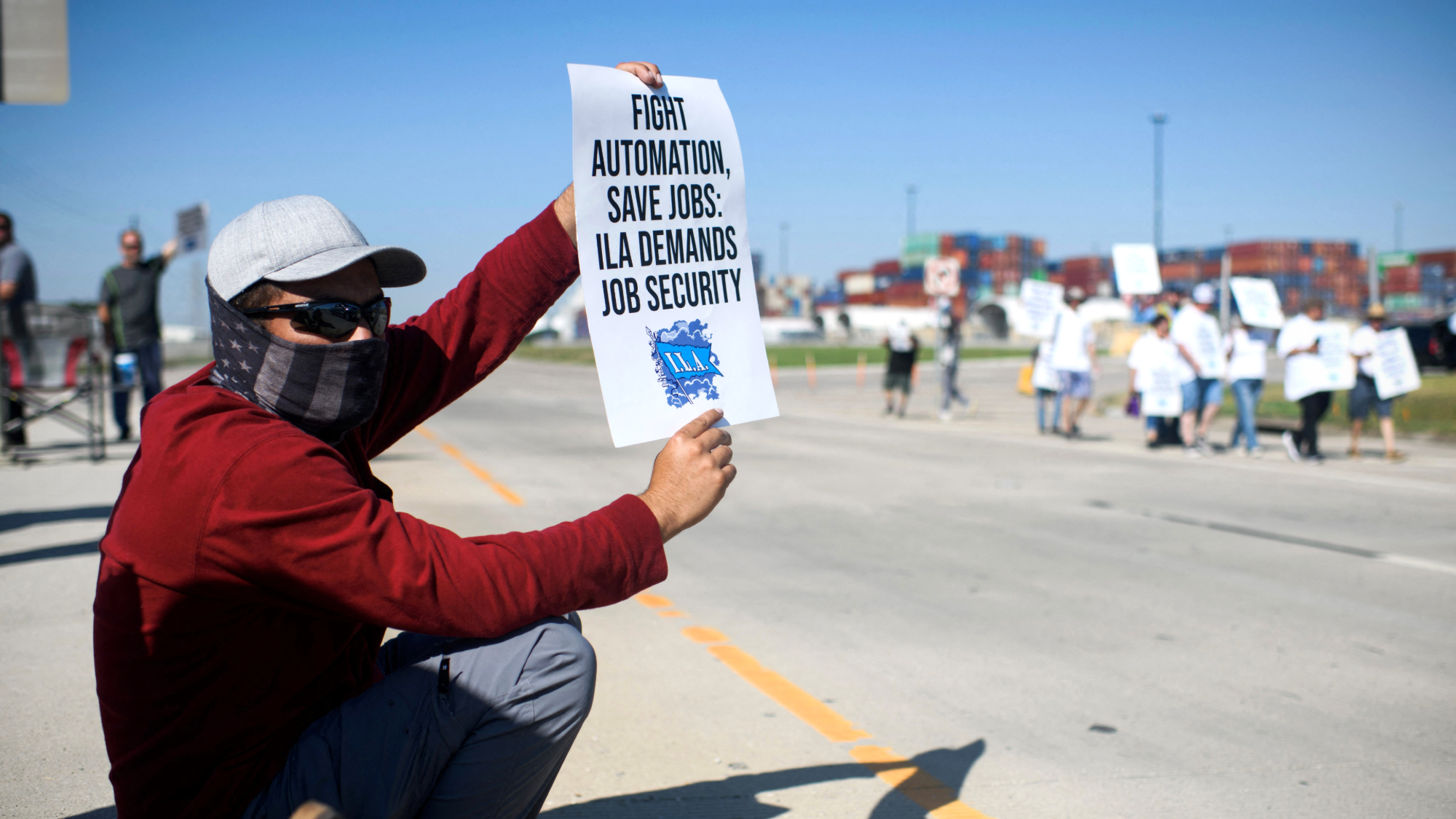The Trans-Pacific Partnership deal is still alive, despite Trump's U.S. withdrawal


On Sunday, at the end of an economic meeting of Asian and Pacific countries, the 11 nations remaining in the Trans-Pacific Partnership free-trade pact agreed to continue working to implement the agreement, despite President Trump pulling the U.S. out in January. New Zealand's trade representative, Todd McClay, headed the TPP meeting on the sidelines of an Asia-Pacific Economic Cooperation (APEC) meeting in Hanoi, Vietnam, and suggested the U.S. would be welcome to rejoin the TPP if political winds shift; other nations might be invited to join "if they can meet the high standards in the TPP agreement," too, he added
New Zealand and Japan are the only signatories that have ratified TPP, and Japan is the largest economy still in the bloc. The other nine countries are Australia, Canada, Mexico, Chile, Peru, Vietnam, Singapore, Malaysia, and Brunei.
The APAC meeting was the first foray for newly confirmed U.S. Trade Representative Robert Lighthizer, whose insistence on removing negative references to "protectionism" in the final statement led the organizers to forgo a joint statement for two separate statements, one from Vietnam's representative and the other an "actions" statement. "With voices rising, negotiators tried to reach agreement until 1 a.m. on Sunday before giving up and compromising on the two separate statements," Reuters reports, citing officials with knowledge of the discussions. The U.S. has faced similar disagreements at other international economic meetings over Trump's "America first" agenda, which favors bilateral agreements over multilateral trade pacts.
Subscribe to The Week
Escape your echo chamber. Get the facts behind the news, plus analysis from multiple perspectives.

Sign up for The Week's Free Newsletters
From our morning news briefing to a weekly Good News Newsletter, get the best of The Week delivered directly to your inbox.
From our morning news briefing to a weekly Good News Newsletter, get the best of The Week delivered directly to your inbox.
Sign up for Today's Best Articles in your inbox
A free daily email with the biggest news stories of the day – and the best features from TheWeek.com
Peter has worked as a news and culture writer and editor at The Week since the site's launch in 2008. He covers politics, world affairs, religion and cultural currents. His journalism career began as a copy editor at a financial newswire and has included editorial positions at The New York Times Magazine, Facts on File, and Oregon State University.
-
 Make mine a soju and tonic: the rise of Korea's favourite spirit
Make mine a soju and tonic: the rise of Korea's favourite spiritThe Week Recommends The rice-based drink can replace gin or vodka in traditional cocktails for a refreshing twist on the classics
-
 The full moon calendar for every month
The full moon calendar for every monthIn depth When to see the lunar phenomenon every month
-
 The end of Weight Watchers
The end of Weight WatchersTalking Point The diet brand has filed for bankruptcy in the US as it struggles to survive in era of weight-loss jabs
-
 Warren Buffet announces surprise retirement
Warren Buffet announces surprise retirementspeed read At the annual meeting of Berkshire Hathaway, the billionaire investor named Vice Chairman Greg Abel his replacement
-
 Trump calls Amazon's Bezos over tariff display
Trump calls Amazon's Bezos over tariff displaySpeed Read The president was not happy with reports that Amazon would list the added cost from tariffs alongside product prices
-
 Markets notch worst quarter in years as new tariffs loom
Markets notch worst quarter in years as new tariffs loomSpeed Read The S&P 500 is on track for its worst month since 2022 as investors brace for Trump's tariffs
-
 Tesla Cybertrucks recalled over dislodging panels
Tesla Cybertrucks recalled over dislodging panelsSpeed Read Almost every Cybertruck in the US has been recalled over a stainless steel panel that could fall off
-
 Crafting emporium Joann is going out of business
Crafting emporium Joann is going out of businessSpeed Read The 82-year-old fabric and crafts store will be closing all 800 of its stores
-
 Trump's China tariffs start after Canada, Mexico pauses
Trump's China tariffs start after Canada, Mexico pausesSpeed Read The president paused his tariffs on America's closest neighbors after speaking to their leaders, but his import tax on Chinese goods has taken effect
-
 Chinese AI chatbot's rise slams US tech stocks
Chinese AI chatbot's rise slams US tech stocksSpeed Read The sudden popularity of a new AI chatbot from Chinese startup DeepSeek has sent U.S. tech stocks tumbling
-
 US port strike averted with tentative labor deal
US port strike averted with tentative labor dealSpeed Read The strike could have shut down major ports from Texas to Maine